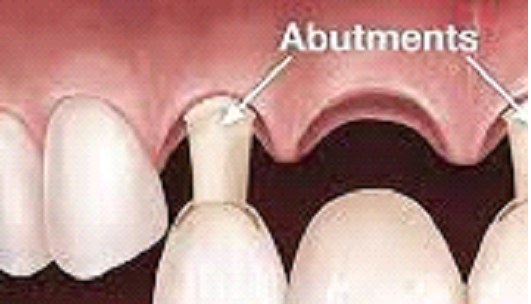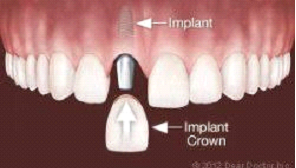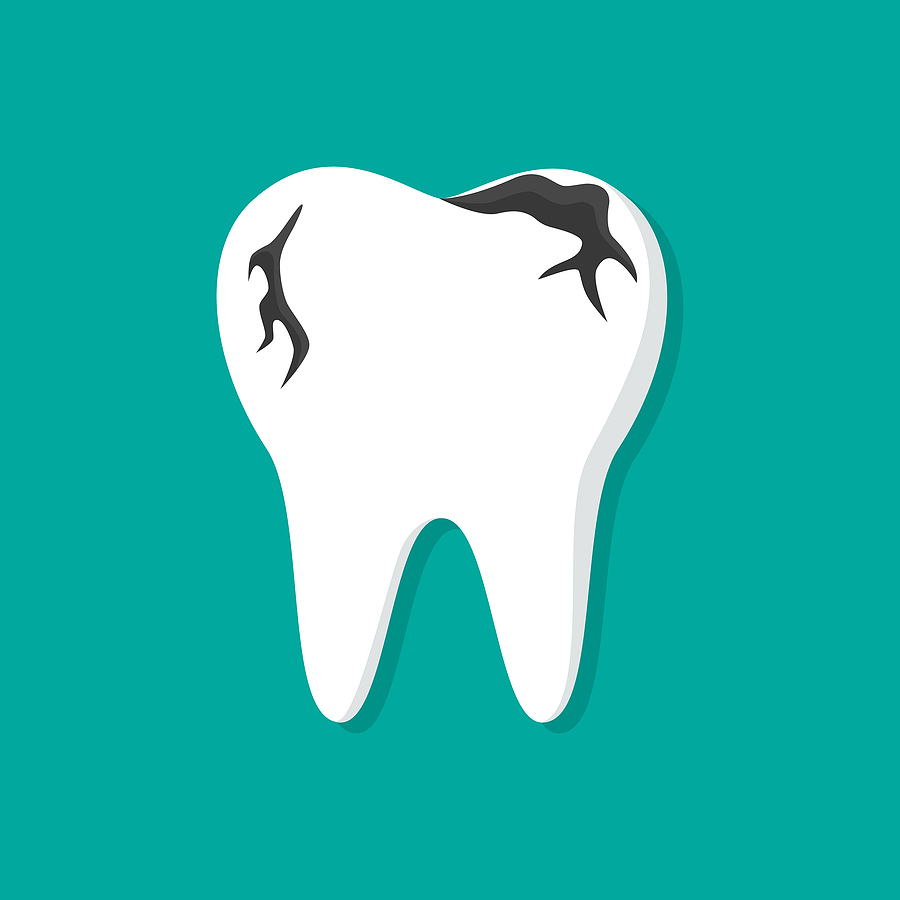Advantages And Disadvantages: Dental Implant Versus Dental Bridge.
Posted by Dr. Varghese John Jun 19, 2023

A dental implant and a bridge are the immediate treatment options for a missing tooth. Upon the loss of a tooth, the immediate concern for a person is cosmetic embarrassment or loss of function, depending on the position of the lost tooth. Before the advent of dental implants, common options were either a fixed bridge or a removable partial denture. Generally, people prefer the fixed option for ease of hygiene and maintenance. For this reason, a removable partial denture may be less of an option. Dental implants have now become a popular tooth replacement option thanks to their durability and functionality.
Effects of A Lost Tooth
The immediate effect of a lost tooth is the loss of bone structure that provides the foundation for that tooth. It can also affect the bone of the neighboring teeth. For this reason, when a tooth is lost or extracted, it is not uncommon for the dentist to recommend grafting the socket or ridge where the tooth is lost. So, dentists recommend that the missing tooth be replaced to prevent complications from shifting of teeth which affects hygiene, gum health, and bite relationships which require more intervention.
Tooth Replacement Options - Dental Implants Vs. Dental Bridge
A dental bridge utilizes two or more teeth to anchor the bridge that spans the gap left by the missing tooth or teeth. Another solution for a missing tooth is to place a dental implant where the tooth used to be. The implant substitutes the root of the missing tooth, and a crown is built upon the implant to replace the missing tooth.
Both are good options with their respective advantages and disadvantages. The dentist evaluates the patient's risk factors to determine what is the most suitable for the patient whilst taking into account the patient's budgets of time and money, tolerance of the patient for surgery, pre-existing health conditions, and goals and expectations of the patient.
Advantages of a bridge:
- Relatively quick resolution of the esthetic and functional problem.
- No further surgery is required, and therefore less invasive.
- Initially, it can be argued that a bridge option is cheaper than the implant alternative.
Disadvantages of bridge:
- The bridge option requires the preparation of supporting teeth (abutment teeth) to receive the bridge. This requires the removal of sometimes healthy tooth structures from normal teeth.
- The bridge option requires two or three appointments, depending on the steps required.
- Compromised hygiene. By its nature, floss threading is required underneath the bridge daily to maintain hygiene. This can be cumbersome and so compliance is commonly poor.
- In time more bone loss (bone resorption) underneath the bridge provides larger space for food impaction. Compromised hygiene can lead to tooth decay and or gum disease of the supporting (abutment) teeth.
- The ADA presents the average life span of a bridge to be about 8 to 10 years- A new bridge may be needed as supporting teeth might require root canal treatments due to cavities – which adds to the initially incurred cost of the bridge. It is not uncommon to lose abutment teeth due to tooth fracture or gum disease.
Advantages of an implant-supported tooth:
- It helps preserve the neighboring teeth intact by avoiding the need for a bridge.
- A dental implant stimulates the bone around it and helps preserve the jawbone where the tooth is missing.
- It prevents natural teeth from shifting when restored.
Disadvantages of an implant-supported tooth:
- It requires healthy bone and volume of bone. To satisfy this requirement, one might need bone grafting. Hence, the Implant option may require several appointments.
- Like teeth, it is susceptible to gum disease.
- It could be argued that Implants are expensive until one takes into consideration the cost incurred when a bridge fails.
- Unlike teeth, excessive stress on implants can lead to bone loss and ultimate failure. Natural teeth have ligaments that act like shock absorbers. For this reason, regular appointments are needed with the dentist, just as the case is with dental bridges, so your dentist can intervene early to protect your implants from irreversible damage. Your hygiene visits are opportunities for your dentist to check these also.
- Unlike teeth, implants do not have sensory perception. Natural teeth let you know if your bite is off – Implants will not.
The implant option requires a dentist trained in placing implants and restoring implants. This sometimes requires a surgeon to place the implant and a restorative dentist to have a crown fabricated to fit your implant and your smile. There are dentists who can do both in the same office.
Beneath is a schematic representation of a 3 Unit bridge and an implant-supported crown.
 - A 3 Unit Dental bridge
- A 3 Unit Dental bridge
 - Single implant supported crown
- Single implant supported crown
Either choice is suitable and is not wrong as long as it meets your requirements, and you understand the advantages and disadvantages. Other factors, such as your own biology, risk factors, and parafunctional habits, are those that your dentist will not have much control over. But you, together with your dentist, can make the best choice suitable for you.
Location
9920 U.S. Highway 90-A, Suite 100-C,
Sugar Land, TX 77478
Office Hours
MONBy appointments only
TUE - THU8:00 am - 5:00 pm
FRI8:00 am - 4:00 pm
SAT - SUNClosed





